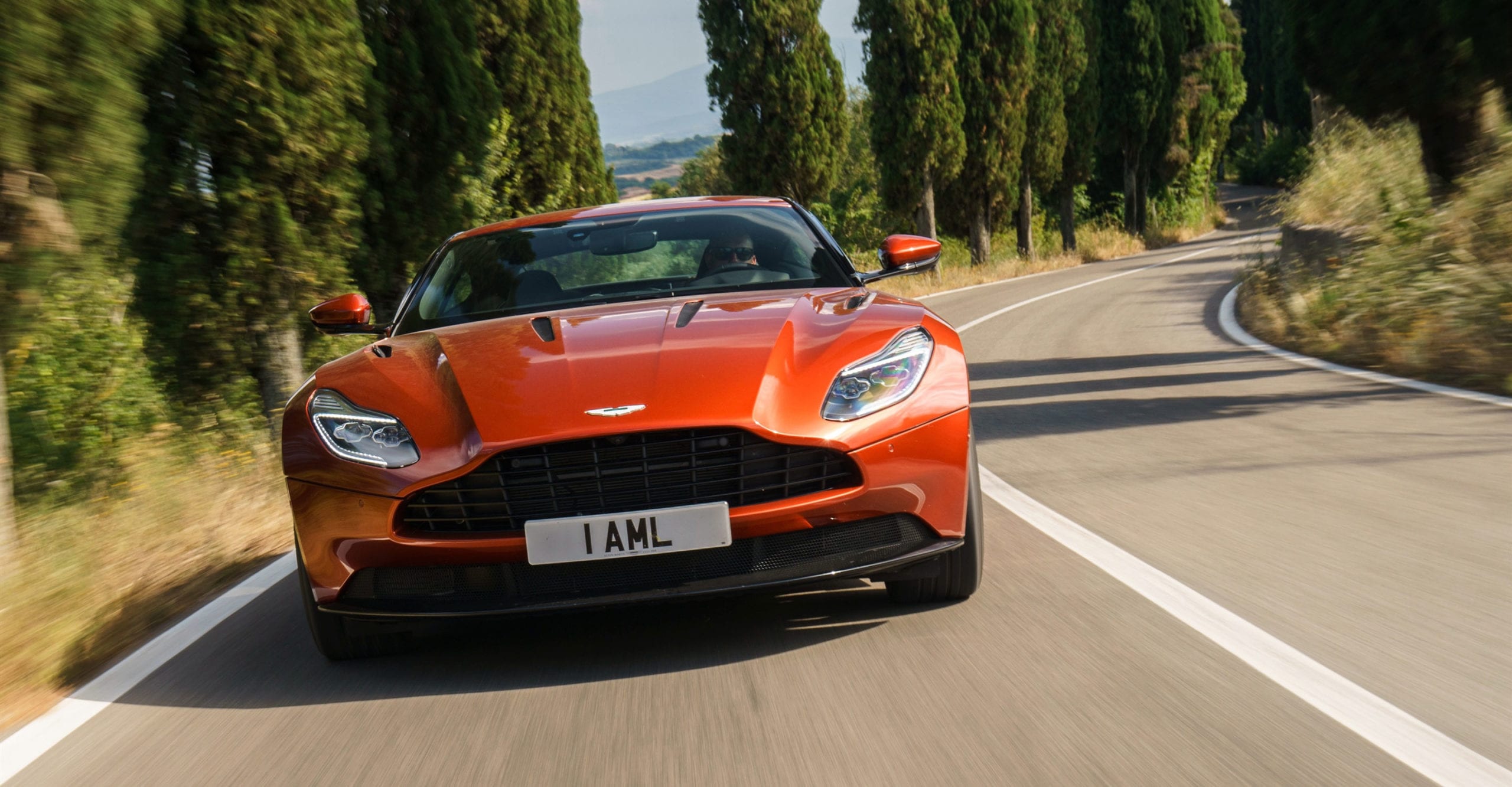Everyone who’s ever owned a new car knows, the first chip is the worst! Here are tips on how to keep your new pant pristine.
It doesn’t matter if you are the biggest “petrol head” in the world or simply see your vehicle as a means from A to B; when your vehicle is new, you will baby it. Keeping the interior clean and fresh is important, and you will do anything to avoid that first scratch or ding. But no matter what we do, that first ding always happens, and our stomach sinks. An even worse feeling is when you learn that the scratch could have been easily prevented by Paint Protection Films.
All the construction happening this time of year has kept paint protection films on the forefront of our minds lately. Every time we drive by a construction site, we wince at the sound of flying gravel and road debris. We constantly hear from folks who’s beloved vehicles have become casualties of construction zones.
Paint Protection Films
Let’s cut to the chase. Paint protection films have 3 main benefits: 1. The film is resistant to cracks, staining, scratches, and chips; 2. It is essentially invisible; 3. It protects your car against physical and chemical damage caused by road debris, gravel, winter road salt, and acidic compounds.
PPF isn’t just a sticker; these are sophisticated films that provide multiple layers of protection. The top layer is made of elastomeric polymers designed to look smooth, prevent surface stains and scratches, and is the source of the film’s self-healing qualities. The second layer contains the strength of the material and gives the film its durability and longevity. The bottom layer is an ultra clear acrylic copolymer that is engineered to bond with the painted surface while providing rework-ability and removability.
The workability of these films is what allows qualified technicians to provide factory quality installations every single time. You probably noticed the term “self-healing” written above; it’s exactly what it sounds like. If the film is scratched or scuffed, simply pour a mug of hot water over the damaged area and wipe it with a clean dry cloth. The polymers will smooth out and the film will self-heal right before your eyes.
Can PPF Be Scratched?
Yup. The polymers in the PPF will allow the film to heal from minor scratches and scuffs, like what you get from a typical day of driving through the city and on the highway. Unfortunately, PPF can’t protect a car from things like getting keyed, but damage from day-to-day driving will be easily shrugged off. The polymers can heal themselves are room temperature in as little as an hour, while the hot water trick will expedite the process.
Hopefully, we answered some of your questions, but undoubtedly you will have more. Never hesitate to reach out to us for advice or information, we’re always happy to chat.



